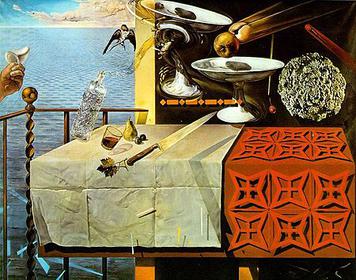
|
| http://commons.wikimedia.org/wiki/File:Fibonacci_Spiral_GeoGebra.svg |

|
| Tomato flower with 5 petals! |

|
| Flower with 21 petals |

|
| Again, 5 petals! |
 |
| Nature Morte Vivante, Dali, 1956 http://en.wikipedia.org/wiki/Living_Still_Life |
Mae West Sofa!


No comments:
Post a Comment